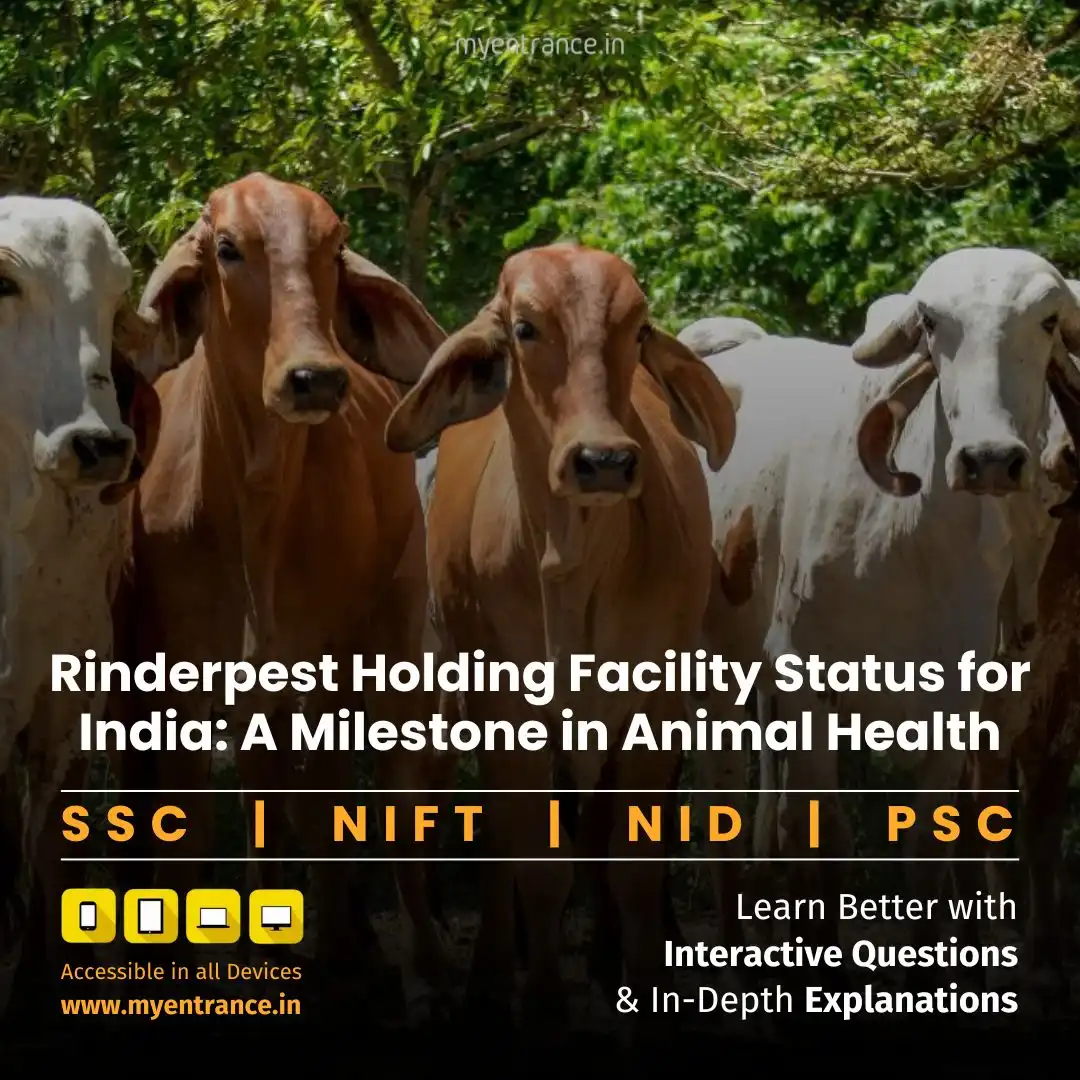Select Language
How Madhya Pradesh is Restoring Water Resources with Jal Ganga Sanvardhan
The Jal Ganga Sanvardhan Abhiyan is a transformative water conservation campaign launched by the Madhya Pradesh government to revive rivers, lakes, and wetlands. Since its inception in March 2025, the initiative has already shown remarkable success, including the rejuvenation of the Ghoda Pachhad River in Khandwa district.
Key Objectives of Jal Ganga Sanvardhan Abhiyan
The campaign is designed to address critical water-related challenges in Madhya Pradesh. Its primary goals include:
Rejuvenating rivers, ponds, and wells to ensure long-term water availability.
Purifying polluted water sources under Swachh Bharat Mission 2.0.
Encouraging public participation, especially women, in water conservation efforts.
Promoting sustainable water use through awareness campaigns and community-driven initiatives.
Implementation Strategies for Water Conservation
To achieve its objectives, the campaign follows a structured approach:
‘Ridge to Valley’ Water Harvesting: This technique helps capture rainwater across a 33 km stretch, reducing runoff and improving groundwater recharge.
Sewage Treatment Plants (STPs): Urban bodies are setting up STPs to treat 450 million litres of wastewater discharged daily into rivers.
Wetland Conservation: Over 13,565 wetlands (larger than 2.25 hectares) have been physically verified for preservation.
Public Engagement & Awareness Programs
The campaign actively involves citizens through:
Cultural events and tree plantation drives on occasions like Ganga Dussehra.
Educational workshops on water conservation and ecological balance.
Community clean-up initiatives to restore water bodies.
Environmental Impact & Key Achievements
Since its launch, the Jal Ganga Sanvardhan Abhiyan has delivered impressive results:
Increase in Ramsar Sites: From just 1 in 2002, Madhya Pradesh now has 5 Ramsar-recognized wetlands (as of 2025).
Indore as India’s First Wetland City: A milestone in urban water conservation.
Revival of Ghoda Pachhad River: A major success story in Khandwa district.
Future Plans & Sustainability Measures
The campaign will continue until June 30, 2025, with further initiatives:
Developing green belts around water bodies to prevent erosion.
Rainwater harvesting systems in urban and rural areas.
Repairing leakages in water supply systems to reduce wastage.
Link to Swachh Bharat Mission
The Jal Ganga Sanvardhan Abhiyan complements Swachh Bharat Mission by:
Ensuring clean water sources alongside sanitation drives.
Managing municipal waste to prevent water pollution.
Promoting hygiene and sustainable living in urban and rural areas.
Sample Questions & Answers (For Competitive Exams)
1. What is the main objective of Jal Ganga Sanvardhan Abhiyan?
Answer: The primary goal is to revive rivers, ponds, and wetlands while promoting public participation in water conservation.
2. Which river was successfully revived under this campaign?
Answer: The Ghoda Pachhad River in Khandwa district was rejuvenated.
3. How does the ‘Ridge to Valley’ method help in water conservation?
Answer: It reduces surface runoff and enhances groundwater recharge by harvesting rainwater over a 33 km stretch.
4. Which city in MP was declared India’s first Wetland City?
Answer: Indore received this recognition.
5. How many Ramsar Sites does Madhya Pradesh have as of 2025?
Answer: MP now has 5 Ramsar Sites, up from just 1 in 2002.
Most Predicted Questions
Comprehensive study materials, Expert-guided tips & tricks, Mock tests and instant results.
Start your SSC, NIFT, NID, FDDI, PSC journey today with MyEntrance, your ultimate online coaching platform.








